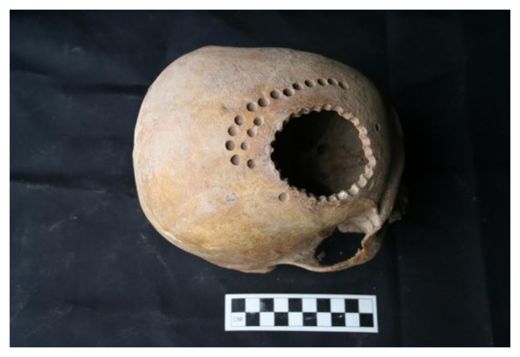
© Danielle Kurin Some 900 years ago, a Peruvian healer used a hand drill to make dozens of small holes in a patient's skull.
Brain surgery is a procedure so complicated that we use the term as shorthand for something almost unfathomably complex.
However, surgically opening a person's skull isn't a recent phenomenon, as a
new study in the
American Journal of Physical Anthropology has revealed that people living in ancient Peru spent time learning how to conduct such a delicate operation.
In the new study, University of California, Santa Barbara researcher
Danielle Kurin described how native people living in Peru 1,000 years ago surgically removed a section of the cranium, a process called trepanation, for a variety of reasons.
"When you get a knock on the head that causes your brain to swell dangerously, or you have some kind of neurological, spiritual or psychosomatic illness, drilling a hole in the head becomes a reasonable thing to do," said Kurin, a visiting assistant professor at UCSB and specialist in forensic anthropology.
In her study, Kurin notes trepanations first appeared between 200 and 600 A.D. The medical procedure continued until Spanish conquistadors put an end to the practice in the early 16th century.
"For about 400 years, from 600 to 1000 AD, the area where I work - the Andahuaylas - was living as a prosperous province within an enigmatic empire known as the Wari," she said. "For reasons still unknown, the empire suddenly collapsed."
"But it is precisely during times of collapse that we see people's resilience and moxie coming to the fore," Kurin added. "In the same way that new types of bullet wounds from the Civil War resulted in the development of better glass eyes, the same way IED's are propelling research in prosthetics in the military today, so, too, did these people in Peru employ trepanation to cope with new challenges like violence, disease and depravation 1,000 years ago."

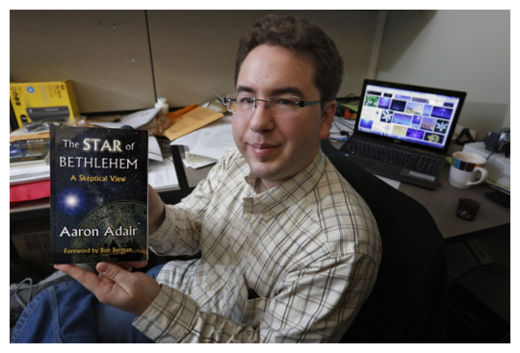
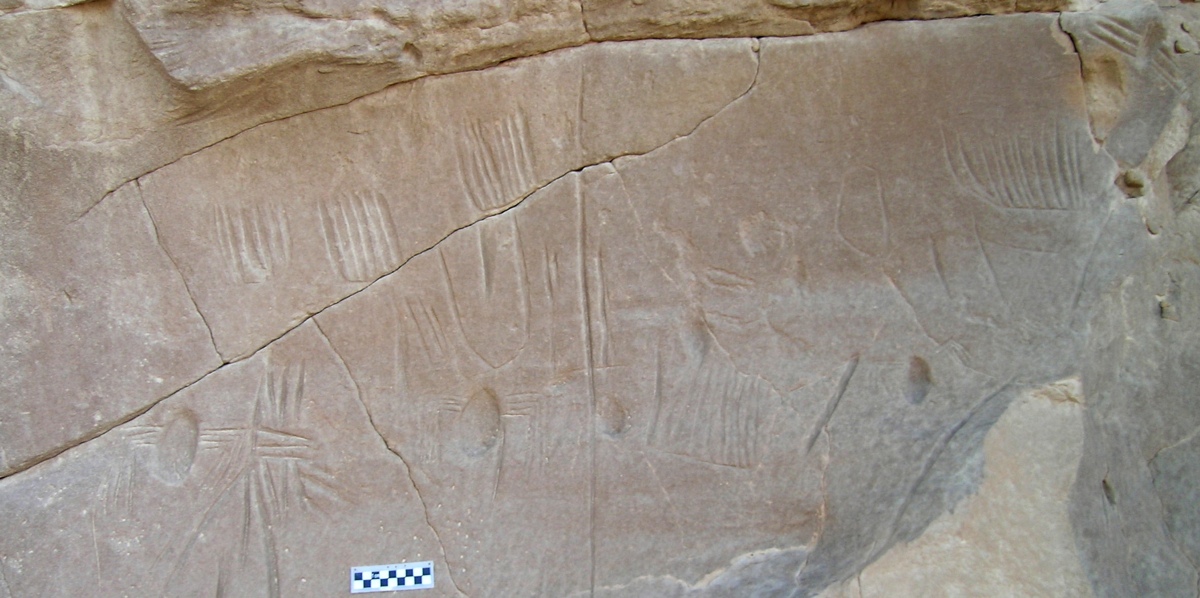
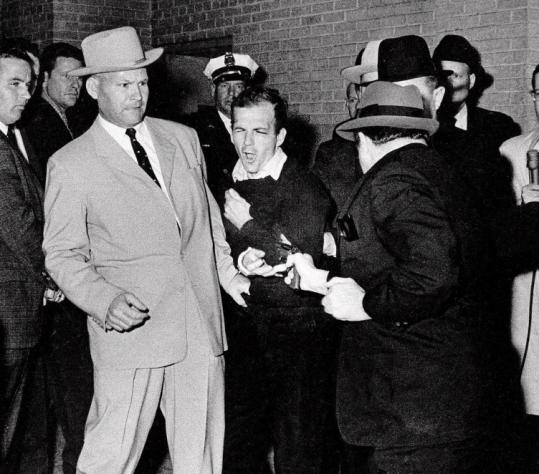
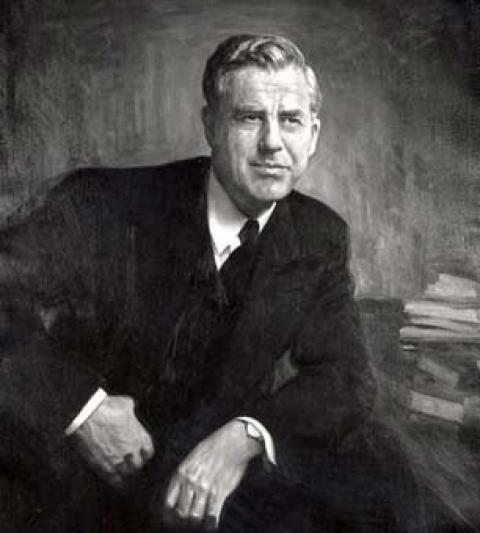
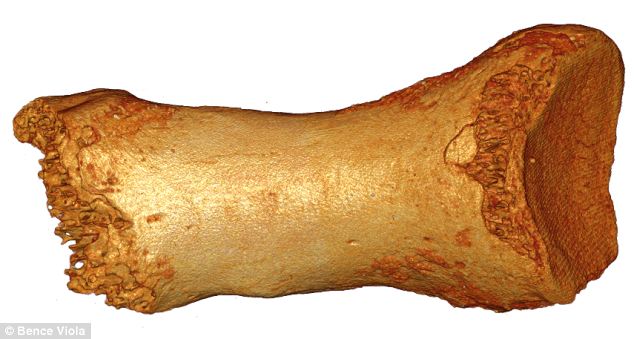
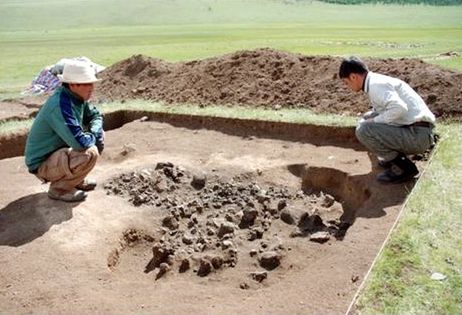
Comment: Top class interview about a top class gentleman. Paul Jay is so right - they would have had no qualms about shooting Wallace dead in broad daylight. This is arguably the most important nexus point in modern US history. JFK tried to reverse what had already been set in motion by the coup against Wallace and the subsequent creation of the bomb, the Pentagon, the CIA, the NSA and the overall National Security State. If you haven't seen it yet, Oliver Stone and Peter Kuznick's Untold History of the United States is well worth watching.